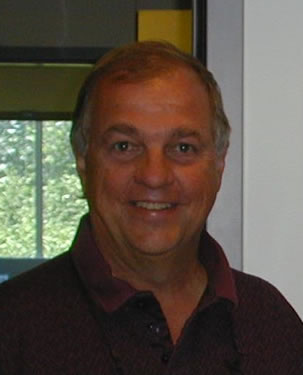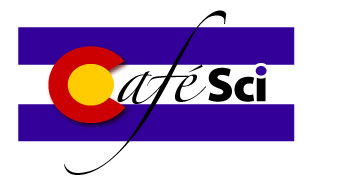|
Michael Browning, PhD, was born in Dallas, Texas, and attended the University of Texas where he received a bachelor’s degree in English Literature. He then spent 5 years trying to become a filmmaker in Los Angeles and he sold shoes to pay his bills. As happens to most shoe salespersons after some time, he became very interested in how the brain processed visual images and abandoned filmmaking to start graduate school in Neurobiology in 1974. He received a PhD in Neurobiology from the University of California at Irvine in 1979. He subsequently did a postdoctoral fellowship at Yale and Rockefeller University from 1980 to 1986 with Dr. Paul Greengard, who won the 2000 Nobel Prize for Physiology or Medicine for his discovery of how dopamine and other neurotransmitters work in the nervous system. Dr. Browning has a wife (Julie) and two boys aged 11 (Austin) and 14 (Morgan). Mike is a professor of Neuroscience and Pharmacology in the School of Medicine at the University of Colorado at Denver and Health Sciences Center where he studies the biological bases of memory and how these processes are altered by aging and also by alcohol. Dr. Browning is internationally known for his studies of protein phosphorylation and memory. The principal research interest of his laboratory is on the cellular and molecular mechanisms which underlie nerve cell function. They focus particularly on a remarkable form of synaptic plasticity known as long-term potentiation or LTP. LTP is a very long lasting (days or even weeks) increase in synaptic strength that can be produced by a brief (1 sec) burst of high frequency stimulation in a brain region known as the hippocampus. LTP is thought to be a primary building block underlying cognitive functions like learning and memory. A number of classical studies have shown that the hippocampus plays a critical role in memory in humans. Given the significant importance of LTP to brain function, Mike’s lab have been particularly interested in determining the cellular and molecular mechanisms which underlie LTP. Dr. Browning is also President of PhosphoSolutions, LLC. PhosphoSolutions makes and sells phosphoprotein antibodies, the nanoscale research tools used in the study of phosphoproteins. Many proteins are turned on or off by other proteins that add (kinases) or subtract (phosphatases) phosphate groups. It is possible to make antibodies that distinguish between the phosphorylated and unphosphorylated states. These antibodies greatly accelerate drug discovery in cancer and in neurodegenerative diseases including Alzheimer’s disease. The company is located in Aurora at the Colorado Bioscience Park. |
 |
About the topic
One of the most challenging questions that neuroscientists (and teachers!) seek to answer is: How does the brain make memories? From the time of Pavlov and his dogs, we have known that almost all animals including man can remember that food is coming soon after the dinner bell. We remember this because of the coincidence of the bell ringing just before the food arrived. What happens in our brain when we make this association? The first clue came from a man who had a surgery that removed a part of his brain. This surgery left his old memories intact but he was never able to make a new memory after the surgery. The second clue came when we discovered that the brain had the ability to greatly increase the strength of some of the signals that one brain cell sent to another (potentiation). The final discovery was that there is a protein molecule in the brain that can detect coincidence. Dr. Browning will describe these discoveries and what they tell us about how the brain makes memories. We can also discuss how the coincidence detector molecule is damaged in aging and Alzheimer’s disease, and how alcohol blocks memories by inhibiting this protein. There are drugs on the horizon that could ameliorate some of the effects of aging, Alzheimer’s and alcohol on this magical molecule that is known as the NMDA receptor.



